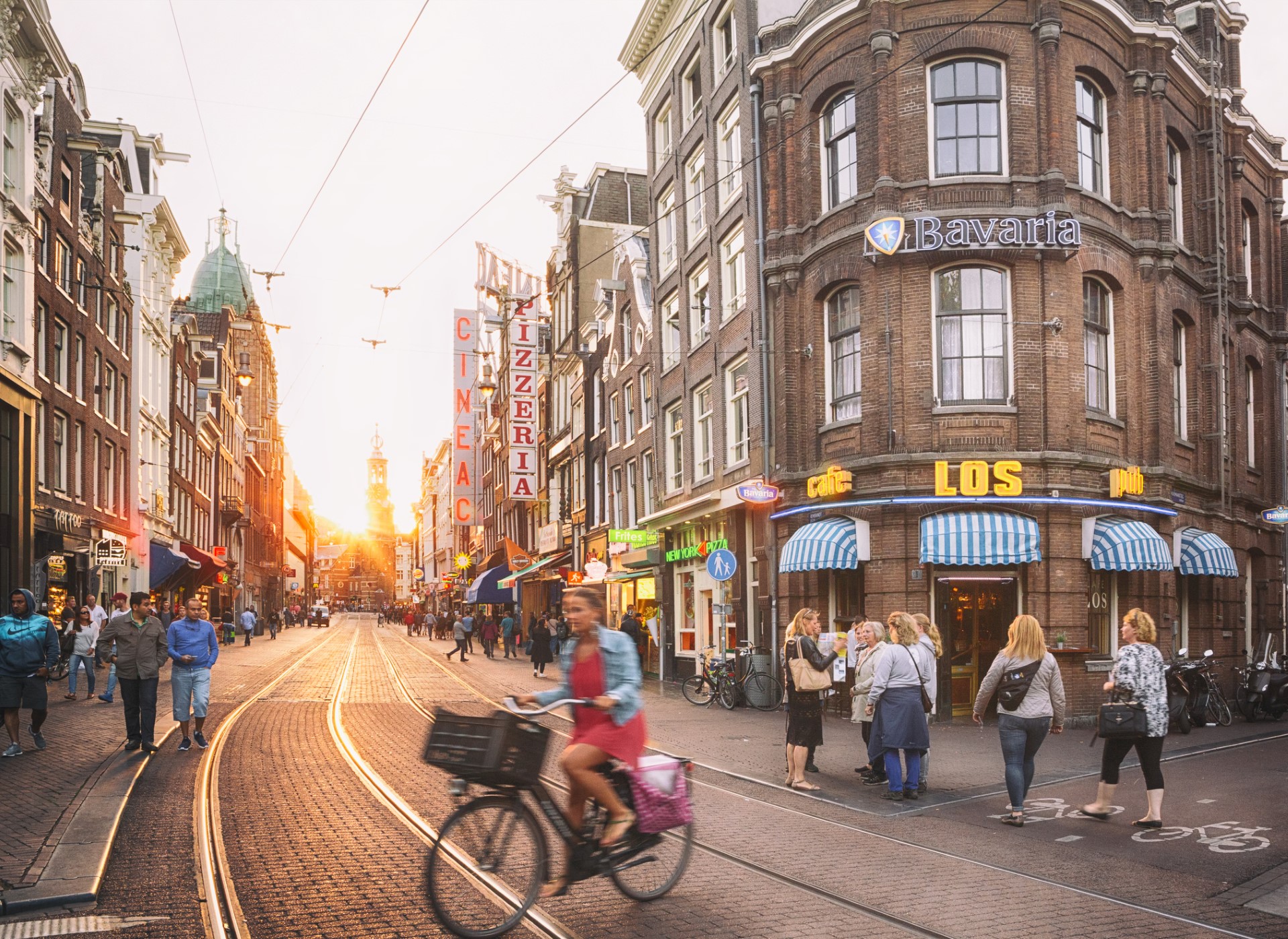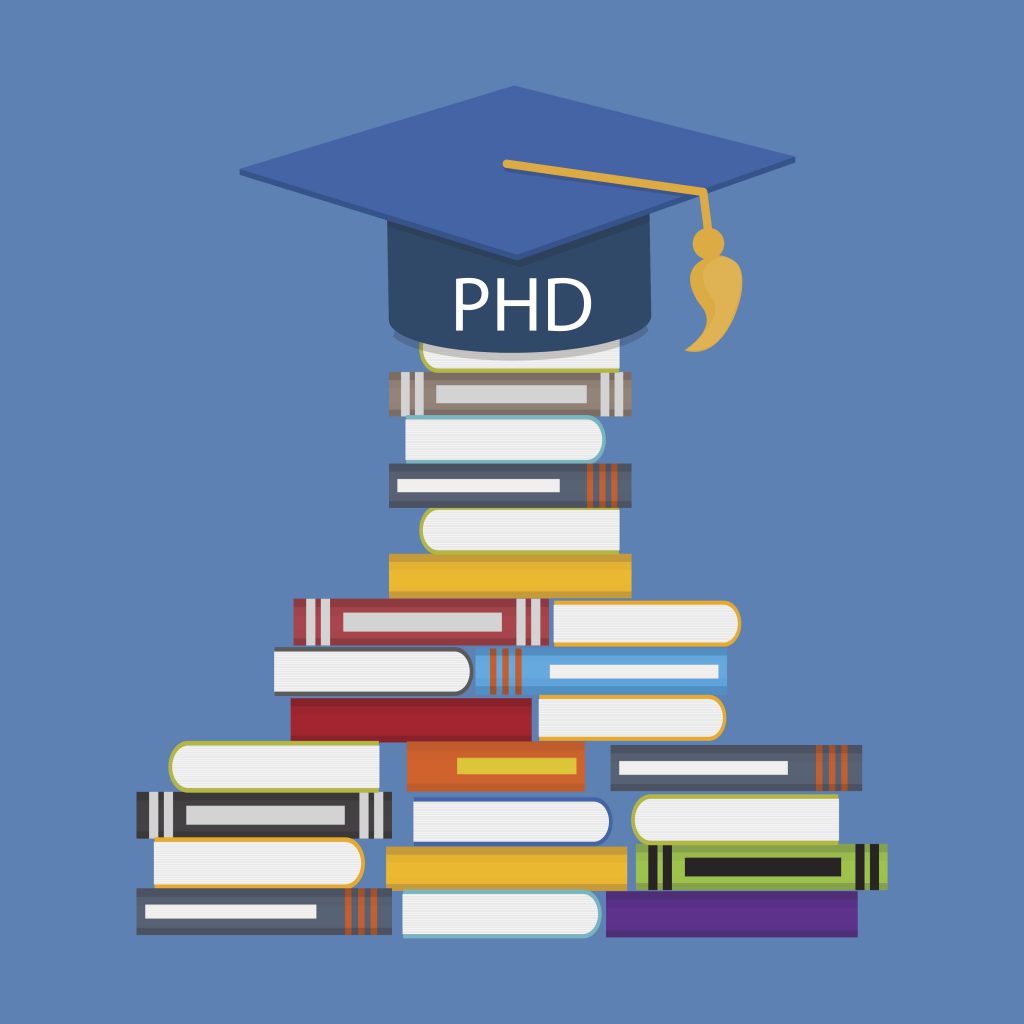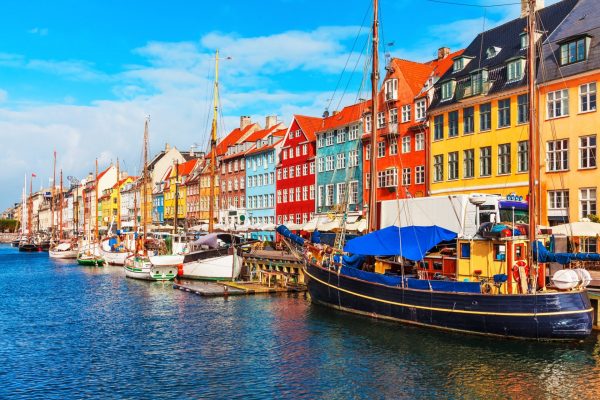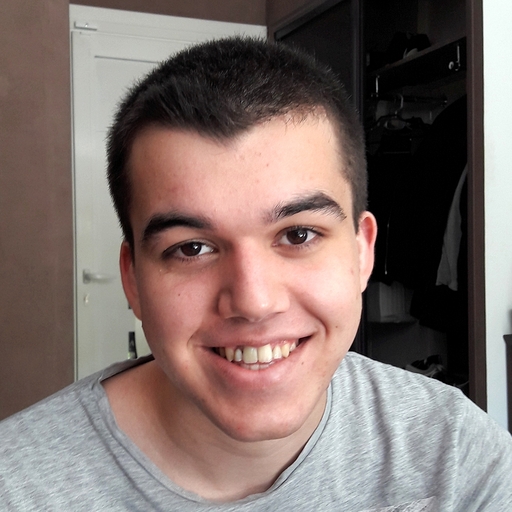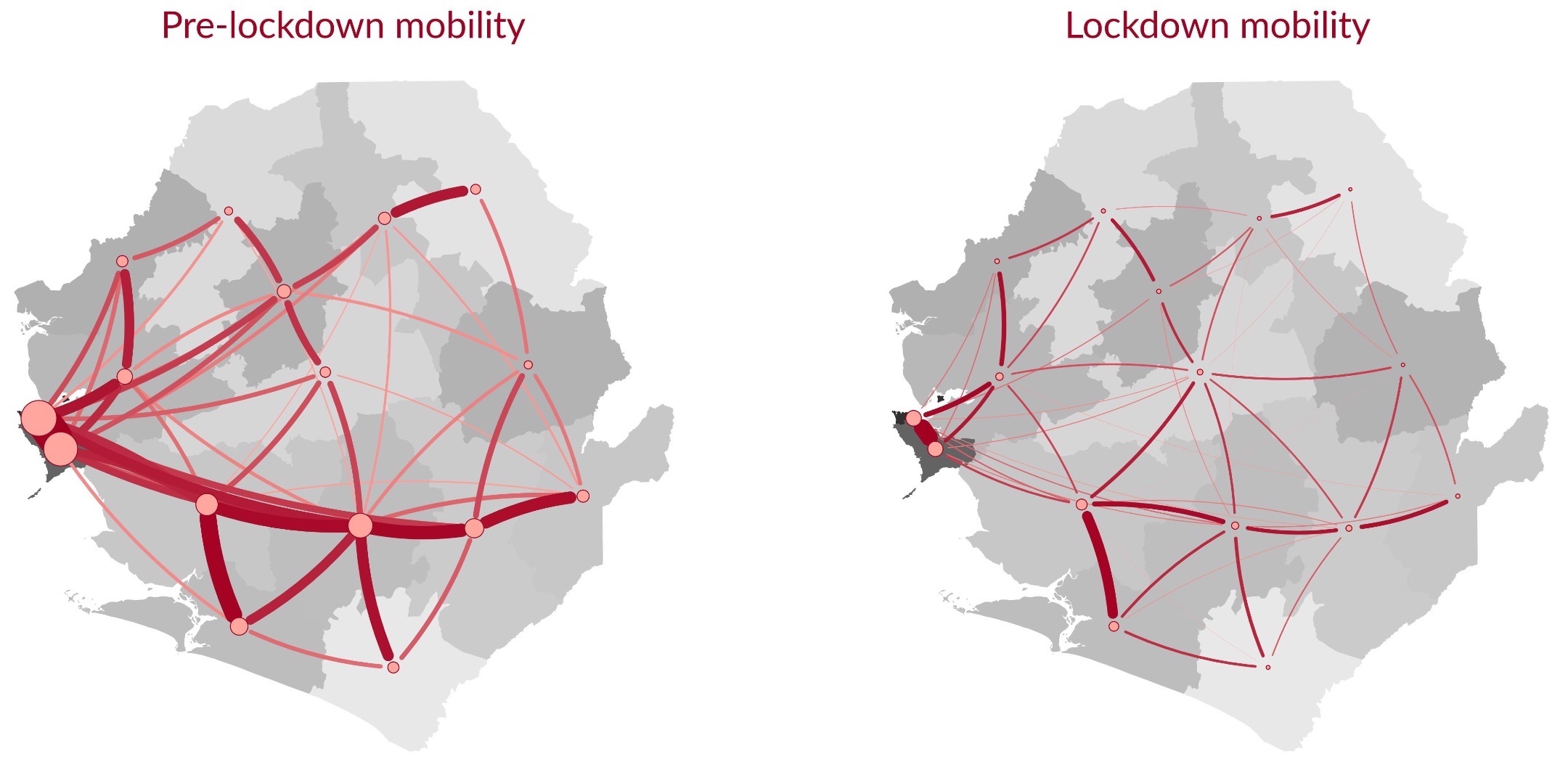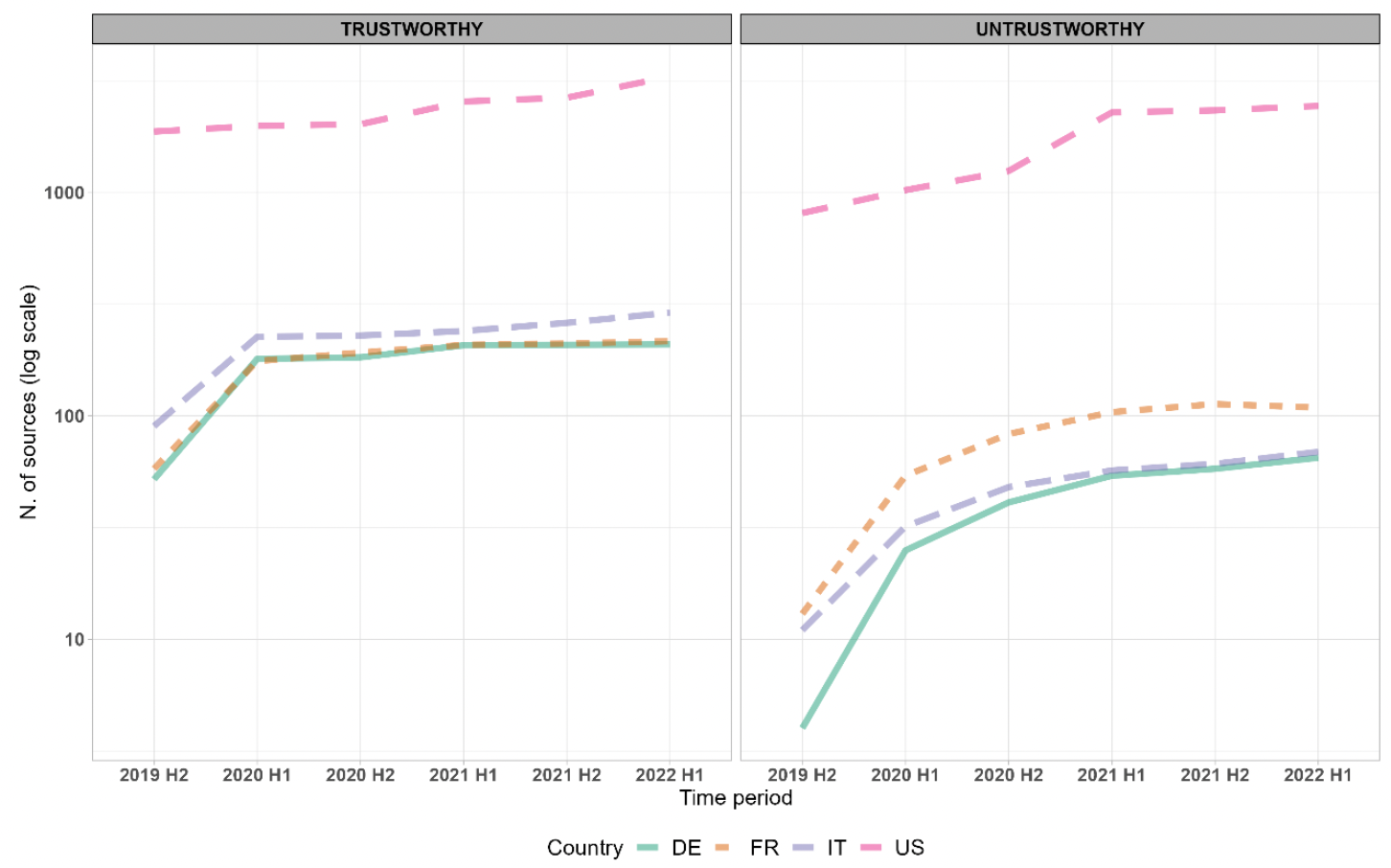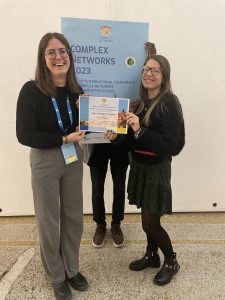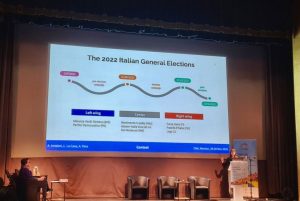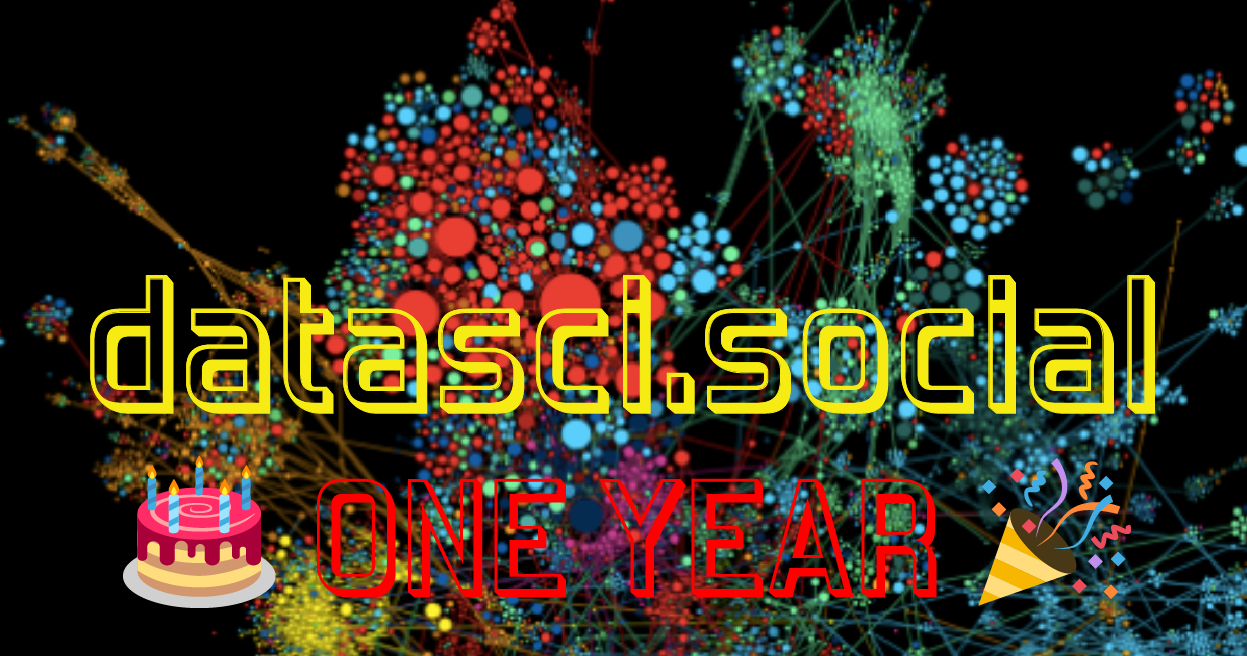Wow – Roberta Sinatra just won an ERC Consolidator grant! We congratulate her with all our hearts to this once-in-a-lifetime achievement!
An ERC Consolidator grant comes with 2 million EUR for 5 years and enables “a scientist who wants to consolidate their independence by establishing a research team and continuing to develop a success career in Europe”.
Roberta’s excellence, her interdisciplinarity, and her proposed topic just hit the right nerve:
scAIence: Quantifying AI-infused Science
The goal of scAIence is to quantify whether, how, and with which implications generative AI is changing how scientists write, communicate, and diffuse their science, and to explore rigorously the opportunities, dangers, and implications of scientists augmenting their scientific writing with AI. The focus of scAIence is quantitative and based on large-scale data and controlled experiments, since we lack a systematic analysis of AI-generated science: All our evidence regarding AI-generated writing is anecdotal or based on small case studies.
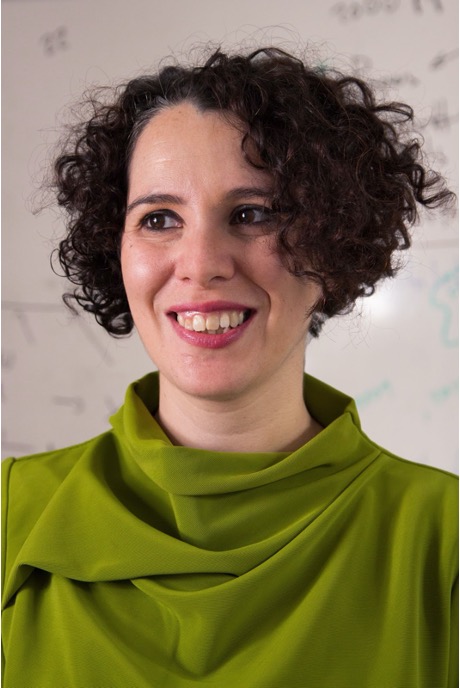 Within the scAIence project, Roberta and her team will deploy a novel computational social science approach, based on a wide array of quantitative disciplines, leveraging large-scale databases of human-generated information and controlled experiments. scAIence will break new ground by (i) introducing the quantitative methods required to understand AI-infused science, (ii) redefining metrics and models to account for AI-generated content in science, and (iii) delivering quantitative scientific insights into how AI is changing the diffusion of science. Taken together, scAIence will lay the scientific foundation for the quantitative study of AI-infused science.
Within the scAIence project, Roberta and her team will deploy a novel computational social science approach, based on a wide array of quantitative disciplines, leveraging large-scale databases of human-generated information and controlled experiments. scAIence will break new ground by (i) introducing the quantitative methods required to understand AI-infused science, (ii) redefining metrics and models to account for AI-generated content in science, and (iii) delivering quantitative scientific insights into how AI is changing the diffusion of science. Taken together, scAIence will lay the scientific foundation for the quantitative study of AI-infused science.
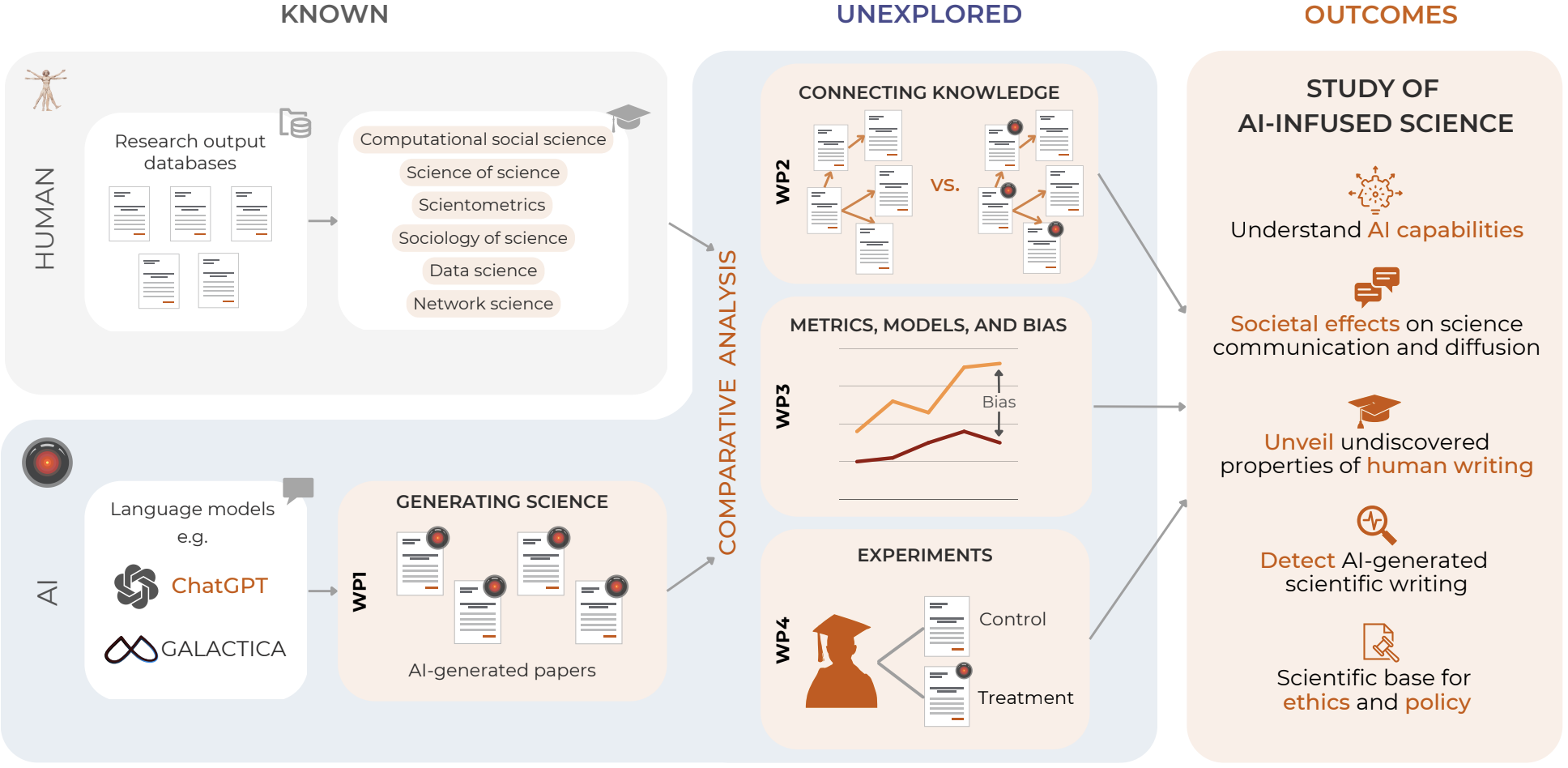
The scAIence project is planned to take place at Roberta’s main affiliation SODAS at Copenhagen University – follow Roberta for upcoming hiring calls for PhD students and Postdocs.

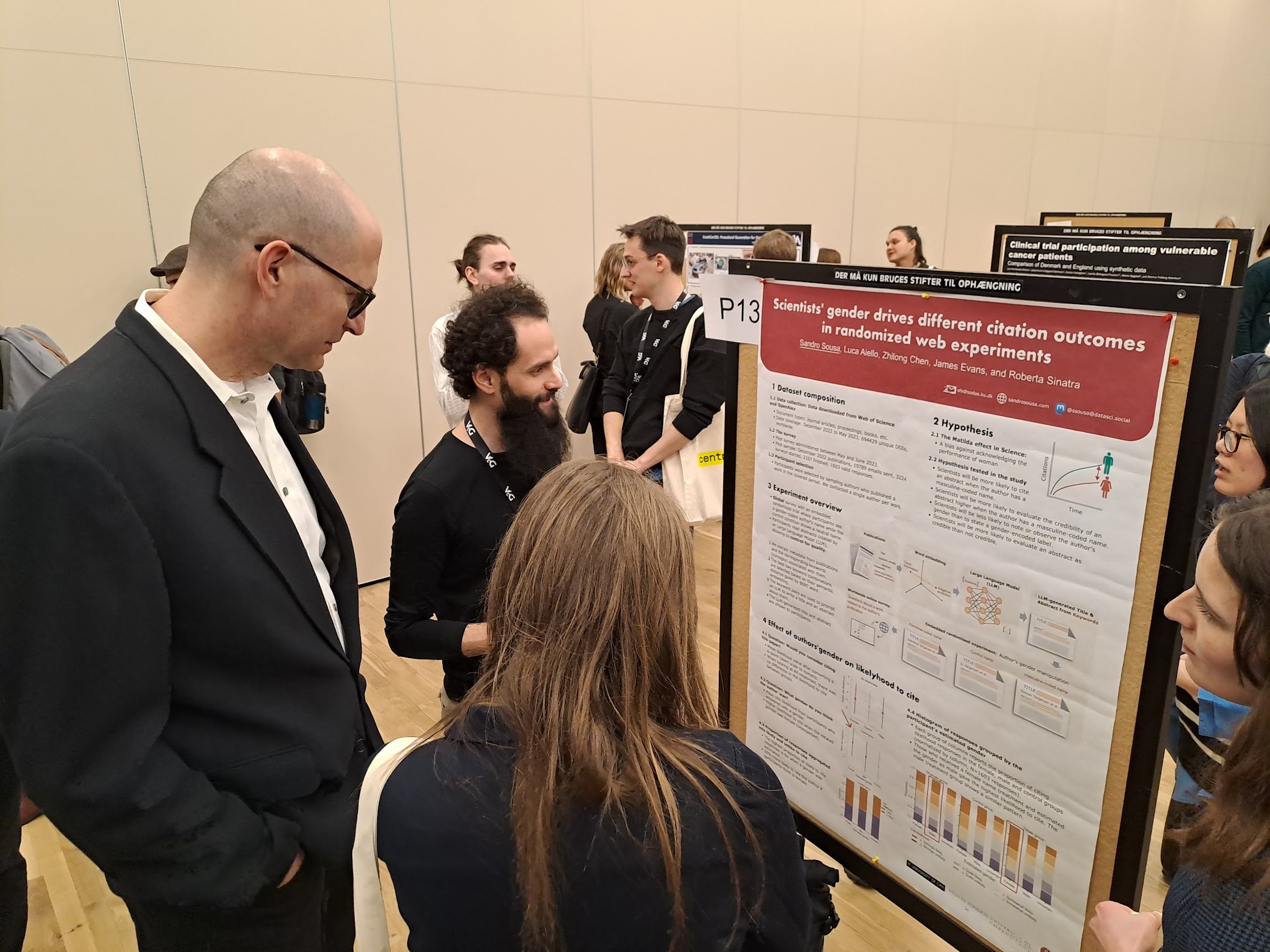
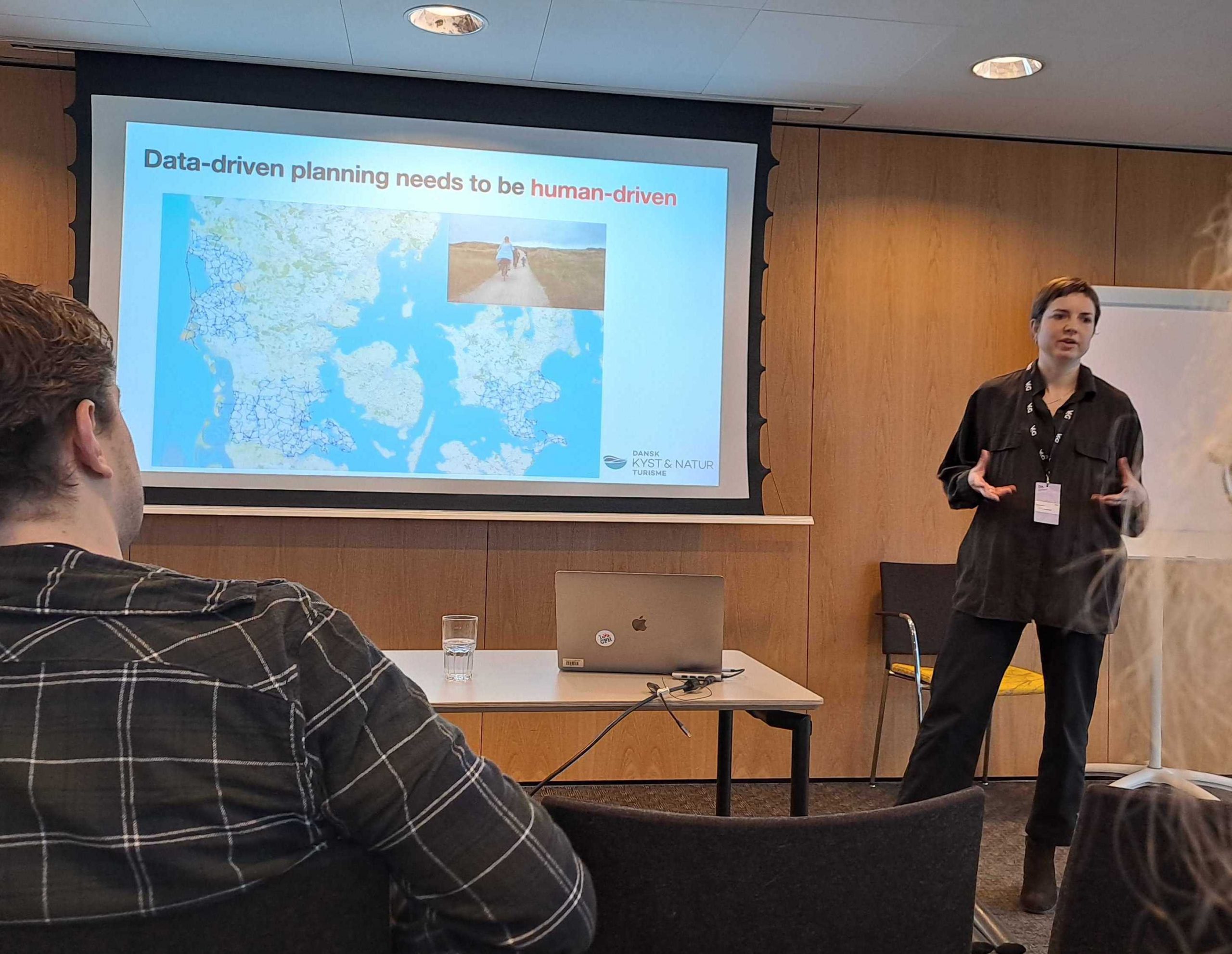
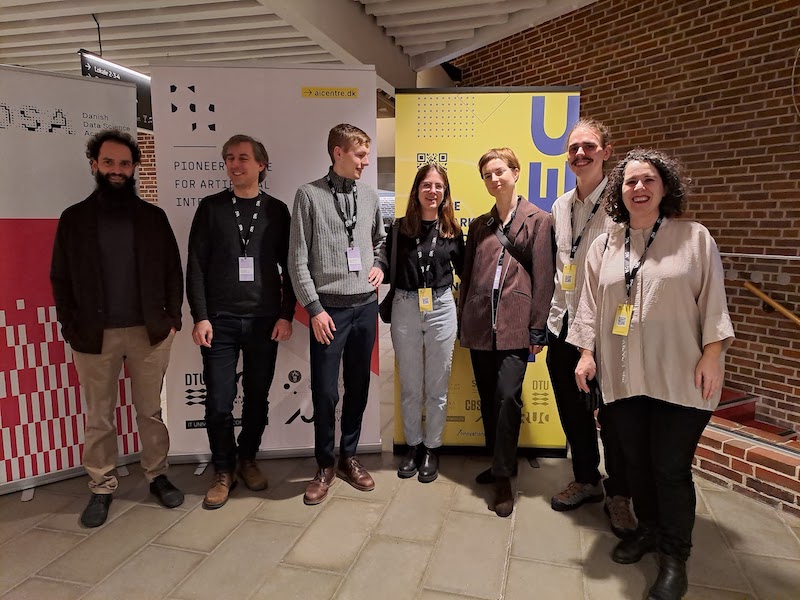
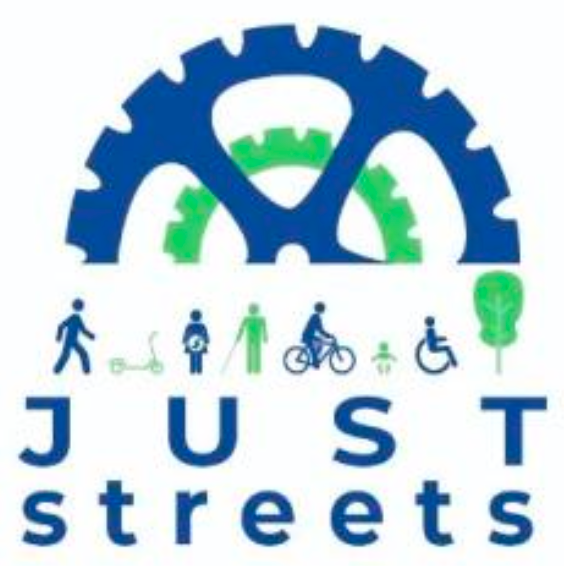 that has just started! The consortium includes 12 European cities representing more than 4.5 million citizens. The project aims to transform cities’ car-centered mobility narratives that take for granted that streets are for motorized traffic only, to promote walking, cycling and other active modes of mobility.
that has just started! The consortium includes 12 European cities representing more than 4.5 million citizens. The project aims to transform cities’ car-centered mobility narratives that take for granted that streets are for motorized traffic only, to promote walking, cycling and other active modes of mobility.